Raspberry diseases and their control

Raspberry diseases are very diverse. They can be identified almost immediately by the shoots, leaves, stem of the bush, as well as by the condition of the raspberries.
Content:
- Anthracnose
- Purple spot
- White spot
- Ulcerative spotting
- Rust
- Bacterial root cancer
- Witch's broom
- Raspberry mosaic
Anthracnose
The fungal disease anthracnose manifests itself in the form of single grayish-white spots with a purple border appearing on the raspberry stem. The leaves wither, and in the affected areas the tissue dries out and falls out.
Fighting the disease should begin with the use of only healthy raspberry bushes for planting in order to prevent the disease process. Spray with a copper-containing solution three times a season and prevent the plantings from thickening. If anthracnose still affects the raspberry bushes, then it is necessary to cut out all diseased shoots, collect fallen leaves and burn them.
Purple spot
This disease is spread by fungal spores. The fungus attacks the buds, stems, leaves, and petioles of raspberries. Initially, the affected area has a light purple area with black dots in the center (often where leaves are attached). The stem of the bush gradually collapses, cracks appear, the raspberries dry out, and the affected area acquires a red-brown color.
It is necessary to thin out the plantings. Diseased raspberry bushes are cut out.
At the beginning of this year's shoots, two weeks before flowering and after harvest sprayed with copper-containing solutions: 1% Bordeaux mixture (10 g per 1 liter of water), Hom according to the table on the package.
White spot
Fungal disease of raspberries is common. Leaves and stems of bushes are affected. Brownish spots appear on leaves up to 3 mm. Over time, the spots turn white with the formation of a brown edging. During sporulation, black dots are noticeable. On the stems in the central part of the shoots, near the buds, whitish spots with the same black dots also appear, and the bark cracks.
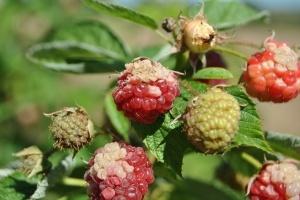
Control measures are the same as for other fungal diseases: thinning of plantings, treatment with copper-containing solutions.
Ulcerative spotting
Fungal disease. On the affected stems, blurred brown spots grow along their length. Black convex formations appear on the spots, which spray gray spores. The fabric quickly splits, and the stains become loose and soaked. The disease develops at high air humidity.
For canker spot, control measures are the same as for other fungal diseases: thinning of plantings, spraying with copper-containing solutions.
Rust
Fungal disease, occurs frequently. It affects the shoots and leaves of raspberry bushes. In spring, small yellow pads of the fungus first appear on the top of the leaves. In summer, the underside of the leaves is covered first with orange and then with dark mushroom pads. In dark pads, spores overwinter on fallen leaves. In humid conditions, the disease develops until late autumn.
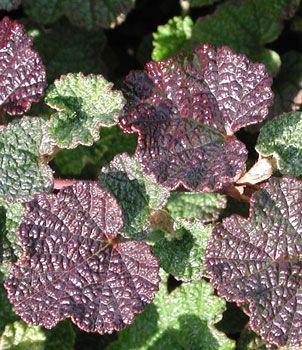
Control measures are the same as for all fungal diseases: thinning of plantings, treatment with copper-containing fungicides. Weakly affected shoots can be shortened.
Bacterial root cancer
This disease is not detected immediately. At first, raspberries slow down their growth, and then lose their taste - the berries become insipid. The disease can also be detected by transplanting bushes. In this case, a tumor up to 5 cm in size can be seen on the rhizome, the base of the shoots or on the roots.
The cause of the disease may be the alkaline reaction of the soil or growing raspberries in one place for a long time.
Such raspberry diseases are very difficult to cure. It is recommended to change the place where the bushes are planted after 3-5 years and, in case of infection, to disinfect the roots. For 10 liters of water take 100 grams. copper sulfate and immerse the roots there for 5-10 minutes.
Witch's broom
A very complex viral disease that is practically untreatable. Viruses spread through wounds caused by unsterile instruments, through the bites of sucking insects, and root growth.
From the root of the bush there appear many thin shoots, the bush is growing. Over time, the shoots grow lower and lower, barely reaching 15-20 cm in height. The leaves also become noticeably smaller.
Sick bushes gradually stop bearing fruit.
It is necessary to monitor colonies of aphid-carrying ants. Damaged bushes must be uprooted and burned.
Raspberry mosaic
Also applies to viral diseases. Viruses spread through wounds caused by unsterile instruments, through the bites of sucking insects, and root growth.
At the shoots, the leaves become variegated with alternating light and dark green areas. The leaves become asymmetrical and lumpy. The disease manifests itself strongly at the beginning of summer, as well as at the end of the growing season, in late autumn.
Fruiting in affected bushes is reduced, the berries become tasteless and hard.Young shoots degenerate - they become with small wrinkled leaves and become thinner.
It is necessary to monitor colonies of aphids and other sucking insects. Damaged bushes must be burned.
Having briefly examined measures to combat the most common diseases, we remind you that in order to maintain the health of raspberries, you should not neglect the implementation of simple agrotechnical activities: it is better to select resistant varieties of raspberries for planting on your site, carefully monitor and cut out the affected shoots, burn them, thin out the bushes, protect the raspberries from sucking insects, change planting sites when planting new plantations.



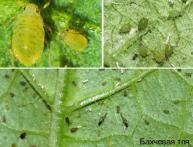
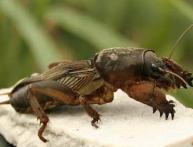
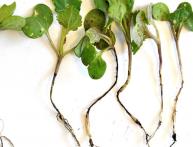
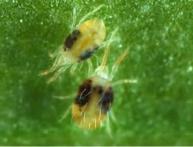
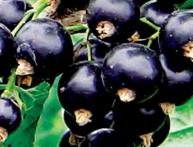
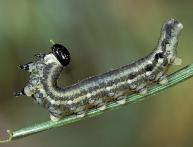
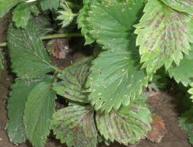
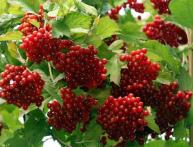
Comments
I've had enough trouble with these raspberries. It seems now that I was sick with all the diseases listed in the article. I did everything I could: I replanted it, fertilized it, and treated it with some means. Nothing helped. Eventually. I brought out the raspberries completely. But, all the same, I love this berry and still want to try to breed it again.
I also had problems with raspberries, the raspberries suffered from white spotting. I completely removed all the plants, didn’t plant anything in this place for a year, only occasionally fertilized the soil with droppings. A year later I planted new raspberry bushes. Now two years have passed, no problems have arisen.
I also have a problem with raspberries, no matter where I planted them, fertilized them, and treated them for diseases, they don’t work, and that’s it. But she didn’t give up on it completely. I'm trying to grow, I think maybe it's the soil?
In general, I have already seen from my own experience that the main thing is prevention. And if the disease has already manifested itself, then it is better to remove the diseased bush as soon as possible. Well, at least there are no problems with planting material - our own.